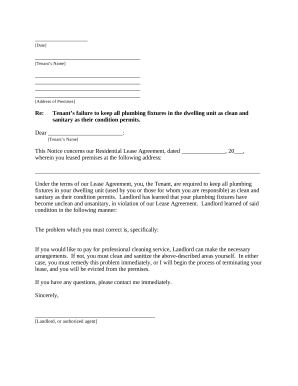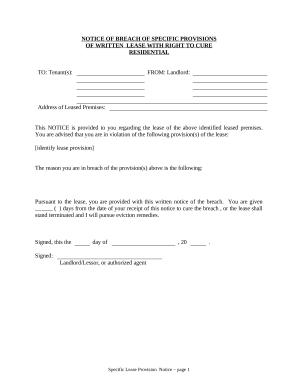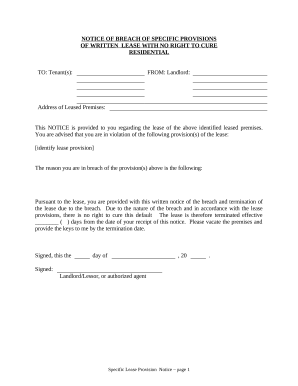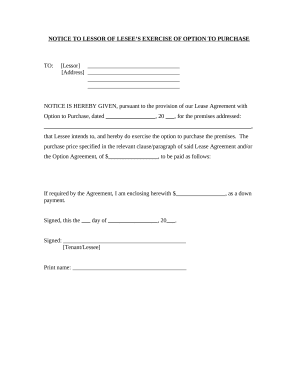







Document management can overpower you when you can’t find all of the forms you require. Fortunately, with DocHub's extensive form collection, you can discover all you need and quickly take care of it without the need of changing between applications. Get our South Dakota Residential Lease Forms and begin utilizing them.
The best way to manage our South Dakota Residential Lease Forms using these simple steps:
Try out DocHub and browse our South Dakota Residential Lease Forms category without trouble. Get a free profile today!